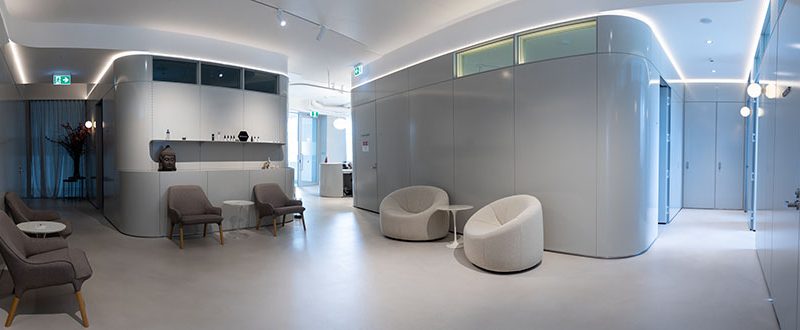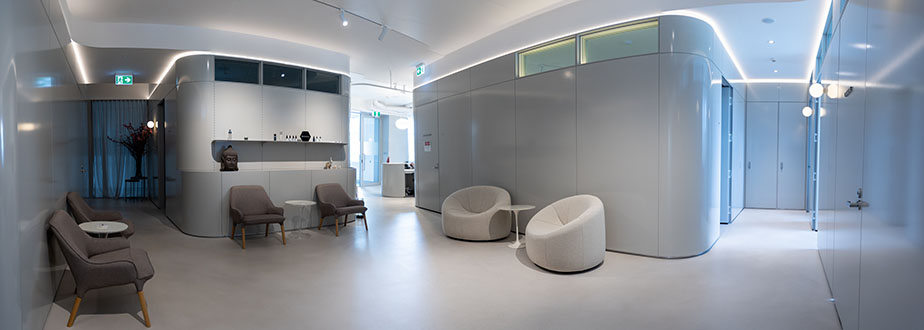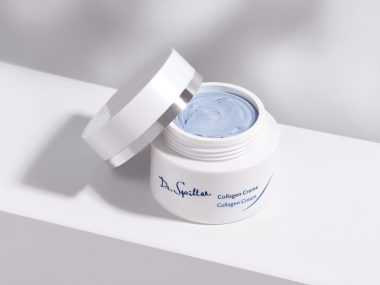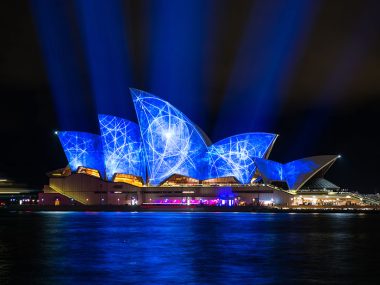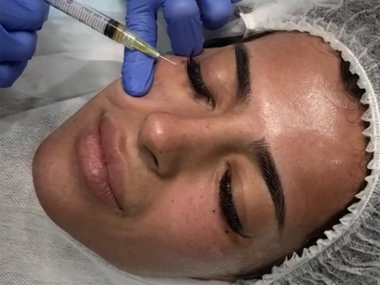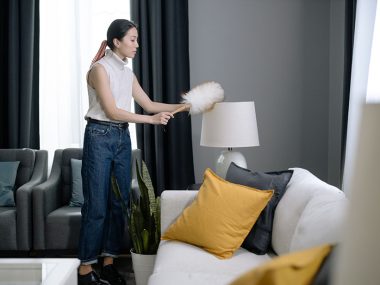As we age, the natural effects of time and gravity can begin to manifest on our faces and bodies, resulting in various changes to our physical appearance.
Jowls refer to the bulges of fat and lax skin that hangs on the side of the mouth or around the jawline. So how do you treat jowls?
Traditionally, surgical procedures were the primary option for addressing this concern. However, aesthetic medicine offers individuals a non-surgical alternative for jowl-related aging concerns. These treatments differ from surgical alternatives.
As we age, our skin starts to lose the compounds that help keep its shape, specifically fat and the connective tissue’s proteins, elastin and collagen. With the added effect of gravity, our skin is dragged down. There are, however, non-surgical methods available to us that address these effects.
First, in the realm of cosmetics, non-surgical treatments encompass procedures that do not require any incisions on the skin or the insertion of instruments into the body.
Dermal fillers and other injectable treatments are categorized as non-surgical as they involve the injection of substances just under the skin and not into deeper layers of the body. Another differentiating factor of non-surgical treatments is their reversibility, setting them apart from permanent surgical alternatives.
Here are non-surgical Jowl treatments available at Shape Clinic Sydney.
Non-surgical jowl treatments
Ultherapy: Collagen revitalisation with focused ultrasound
Ultherapy devices use focused ultrasound waves at optimal temperatures to trigger the bodies’ natural healing response. This subsequently promotes the regeneration of collagen.
This treatment is known to initiate the natural process of neocollagenesis, which produces fresh, new collagen. Ultherapy treatments result in subtle changes with minimal downtime.
Side effects associated with Ultherapy are swelling, redness, soreness, bruising, and numbness or tingling. The skin can become flushed or red in the hours after an Ultherapy procedure.
It can be paired with Ultherapy treatments with dermal fillers, anti-wrinkle injections, and laser treatments.
Ultraformer: Precision collagen remodelling
Ultraformer uses a non-invasive ultrasound device. Ultraformer devices differ from Ultherapy devices as the former focus on precision per-shot pulse HIFU-powered transducers to remodel collagen or tighten body tissues.
Ultraformer devices are used for lifting and tightening the jowls. As with Ultherapy, Ultraformer treatments generally take an hour.
Side effects that can follow an Ultraformer procedure include redness, swelling, soreness, and temporary weakness in certain areas of the skin, which may last for several weeks.
Radiofrequency: Renewing the skin with heat and frequency
Radiofrequency methods such as Morpheus8 and Forma are additional non-surgical options for treating jowls.
Morpheus8 treatments use radiofrequency through microneedling. Microneedling is the process of using thin needles to puncture the top layer of the skin.
Side effects that can occur in the hours after a Morpheus8 treatment are swelling, scabbing, peeling, bruising, and bleeding.
Forma uses a radiofrequency with heat to target superficial tissues. With continued use, Forma treatments provide sustained stimulation of fibroblasts, to create new collagen.
Side effects associated with Forma procedures are redness, swelling and bruising.
EMFACE: Skin and muscle rejuvenation
EMFACE uses Synchronized RF and HIFES™ energies to simultaneously affect both the facial skin and muscles.
Synchronized RF remodels the skin by heating the dermis thus increasing levels of collagen and elastin. While HIFES™ technology restores the skin by selectively contracting muscles and increasing density, which, in turn, improves the quality of the skins muscle structure.
The two promote skin tightening in a 20-30 minute procedure with minimal downtimes.
Mono Threads: PDO Threads for skin tightening
Mono Thread treatments involve polydiaxanone monofilament threads (PDO) inserted under the skin to create a network of collagen support. This collagen support tightens the skin.
The treatment promotes the formation of a collagen layer through dissolvable sutures. Fibroblasts, located wherever the sutures are positioned, stimulate collagen production, which leads to skin contraction along the same axis as the threads.
Mono threads can be combined with treatments that stimulate collagen production – such as energy-focused treatments. Some side effects associated with the Mono thread procedure are bruising, swelling, the body’s rejection of the threads and small pimple-like bumps on the skin called inflammatory papules.
Dermal Filler: Benefits for midface enhancement
Dermal filler is not a direct treatment for jowls but rather provides a secondary benefit when used in the midface.
Individuals wanting to address cheek flattening and jowls may opt for this as it addresses two concerns at the same time. By increasing the volume in the cheeks, the jowls can be lifted, and subsequently, the nasolabial lines can be diminished. Long term use of dermal fillers can cause the weakness of muscles in the face, head and neck. Cosmetic aesthetic medicine has introduced a range of non-surgical treatments for addressing jowl-related concerns. These methods offer individuals an alternative to surgical procedures.
While the non-surgical treatments mentioned above can be effective it is important to acknowledge that every individual’s body is unique, and therefore, responses to these treatments may vary. Each of these medical procedures carry risks.
However, by conducting thorough research and seeking guidance from professional practitioners, one can determine the most suitable treatment for their specific needs. It is encouraged to approach medical treatments with understanding and preparation.
Shape Clinic, 501/19A Boundary Street,
Darlinghurst NSW Australia.
Dr Steven Liew MB BS (Sydney)
FRACS Specialist Plastic Surgeon
MED0001151298
